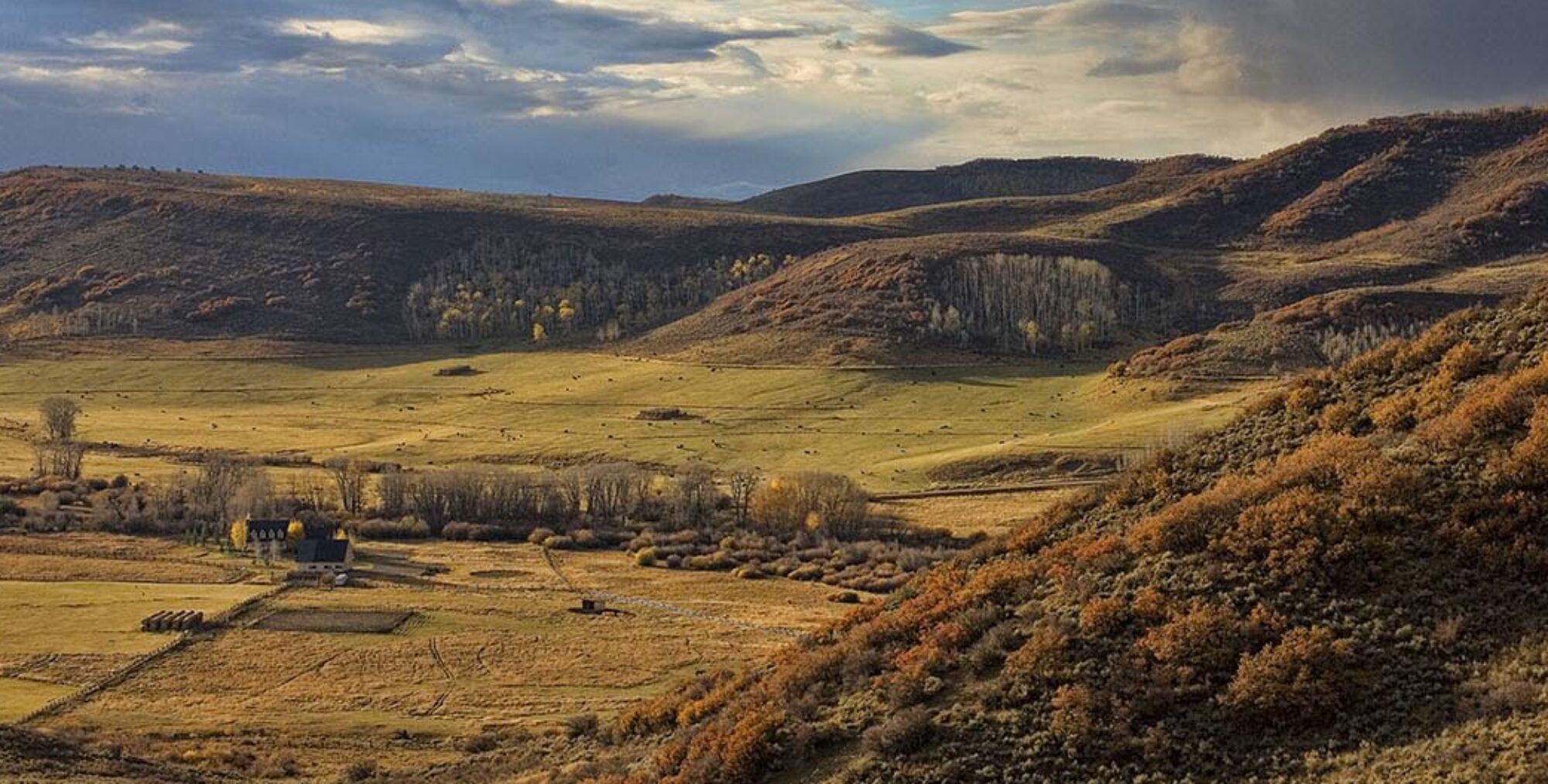The Greek tale “Odyssey” may be the first recorded mention of hearing protection—although it has nothing to do with firearms. Siren’s songs from a mythical island along the ship’s planned route had already drawn other sailors to certain death, and, as the story goes, the best way for the crew to avoid a similar fate was to fashion earplugs from beeswax.
Most of us could have used that advice when we were dating in college, although campus beehives are hard to find and painful to raid. The first earplug patent was granted in 1864, according to the Acoustical Society of America, and a version connected by a headband followed in 1884. Military research started before World War I and progressed through World War II, but it wasn’t until the 1970s that a company dabbling in compounds to seal joints discovered the effectiveness of one of its “memory” foams.
Today, jars of foamies grace firing range counters across the globe. That closed-cell construction that conforms to ear canals is extremely effective at dampening potentially damaging noise, and the same is true of the modern polymer take with a valve that opens to allow sound’s entry. However, they make things coffin quiet and can generate pressure inside the ear.
Early Earmuffs
Early experiments in over the ear muffs affixed by a band across the head produced mixed results. Limited in material options, the only reliable mechanism available to seal out potentially damaging sound was for the band to squeeze the ear cups so tightly that faces puckered. The introduction of jet engines hastened research by the military, and water in the padding provided one of the first solutions.
The face cramps ended with modern polymers and foam, and sometime in the early 1980s, companies realized they could stuff electronics into the earpieces that literally shut off when they detected a loud noise. It was cutting-edge analog technology as mysterious as the 8-track and newfangled cassette. Unfortunately, even accomplished contortionists found it impossible to get a solid cheek weld on a rifle, and they acted like tiny little EZ Bake Ovens during hot and humid range sessions.
Modern Hearing Protection for Shooters
Then Walker’s Game Ear came up with an unusual hybrid. A pliable plug goes into the ear to provide protection, but it connects to a piece behind the ear that handled sound processing. The game changer was an instant success and some assumed there was little room for improvement.
They were wrong. In 2000 SportEAR introduced, “…the first in the [ear] canal, full 100-percent digital line,” according to Weston Harris, president of SportEAR and ProSounds. “Digital will process sounds far more accurately at 1 million sounds per second, and beyond,” he explained.
The company’s current digital lineup is frighteningly advanced. “We can fine tune the sound reproduction to give them exactly what they need,” he said. “And it can be reprogrammed along the way the match their personal audiogram.”
There’s another big difference between analog and digital sound processing. Rick Carlson, Customer Service and Product Training Manager for Etymotic, explained, “Protection from steady-state noise is provided by the use of wide-range compression. What this means to the end user is that when a blast occurs, it is still heard, only at a lower level. There is no sense of going off the air.”
Dynamic, tactical training is where that advantage shines. “Spatial orientation is a big deal,” said Harris. “It’s the ability to remain connected to your environment.” Carlson adds, “While it’s important to make sure your ears are adequately protected, you also want to make sure you maintain awareness of your environment.”
What’s next? Harris’ laundry list includes downloadable apps that allow shooters to fine tune and program their hearing protection from their smartphone and even Bluetooth compatibility. We’re not sure someone answering their phone—or that former college flame being able to punch a call through—on the firing line is really such a good idea, but you have to admit streaming heavy metal tunes while you shred silhouettes does have a certain ring.
A lot has changed since this was written. Here’s what the experts told me about the current technology in 2021.

















